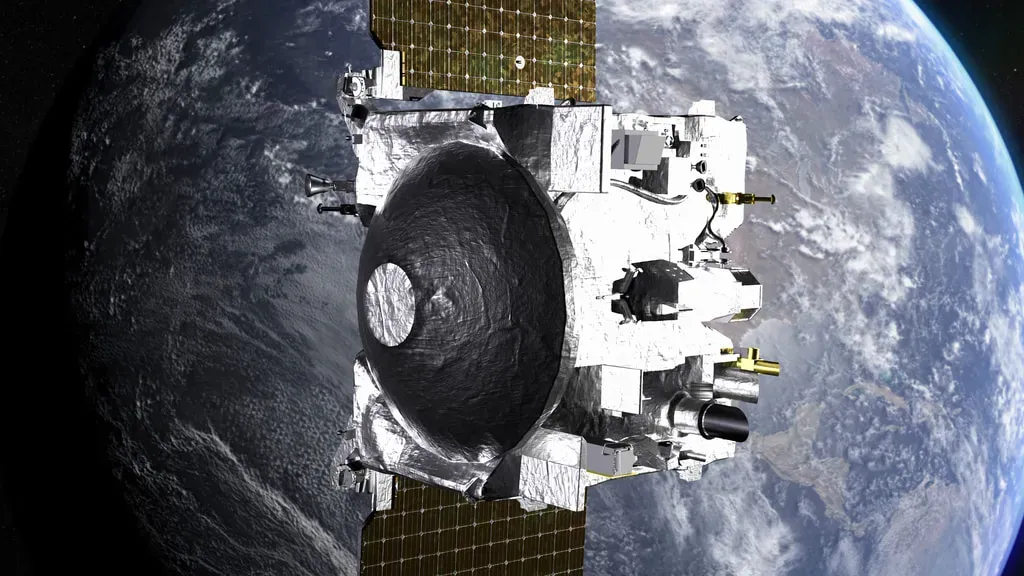A Quick Mission Recap
- Launch: September 2016
- Target Asteroid: Bennu
- Sample Collection: October 2020
- Earth Return: September 24, 2023
OSIRIS-REx (Origins, Spectral Interpretation, Resource Identification, Security, Regolith Explorer) departed Earth in 2016 to rendezvous with the near-Earth asteroid Bennu. After carefully mapping the asteroid, the spacecraft executed a daring “touch-and-go” maneuver in 2020, collecting an estimated 250 grams (about half a pound) of surface material. Three years later, the sample safely arrived back on Earth.
Why Bennu Matters
Primeval Cosmic Time Capsule
Asteroids like Bennu formed over 4.5 billion years ago—essentially serving as time capsules from the birth of our solar system. Their chemical makeup can offer rare insights into the conditions that prevailed when planets were still forming.
Potential Building Blocks of Life
Scientists suspect that carbon-rich asteroids may have delivered organic molecules and water to early Earth. By studying Bennu’s regolith (surface material), researchers hope to trace how these molecules were transported across the solar system, fueling hypotheses about how life’s precursors might have emerged on our planet.
Early Findings and Next Steps
With the sample now at NASA’s Johnson Space Center, a global team of researchers has begun preliminary analyses. Early glimpses under microscopes and spectrometers reveal:
- Organic-rich Regolith: Dark, carbon-bearing particles that hint at Bennu’s significance as a carrier of prebiotic compounds.
- Hydrated Minerals: Evidence of interactions with water in Bennu’s ancient past, lending weight to the theory that asteroids helped distribute water across the inner solar system.
More advanced studies, including isotopic and crystalline structure analyses, will unfold in the months and years ahead. NASA has pledged to share portions of the sample with scientists worldwide, ensuring that a diverse range of experts—from astrochemists to geologists—can probe Bennu’s secrets.
Lessons Learned for Future Missions
Precise Navigation and Sampling
OSIRIS-REx demonstrated the feasibility of a “touch-and-go” collection maneuver on an irregularly shaped asteroid. This technique could inform future sample-return missions targeting even smaller or more distant bodies.
Planetary Defense Applications
Bennu is categorized as a Potentially Hazardous Asteroid (PHA) due to its orbit passing near Earth. Studying its composition and orbital mechanics helps refine our strategies for planetary defense and the potential deflection of hazardous asteroids.
Collaboration and Data Sharing
NASA’s approach to distributing sample material underscores the power of collaboration in space exploration. International and interdisciplinary cooperation will speed up discoveries as labs worldwide analyze different facets of Bennu’s chemical fingerprint.
Broader Impact and Public Engagement
OSIRIS-REx garnered significant public interest, with live streams tracking the return capsule’s descent. The mission serves as an inspiring example of human ingenuity and collaboration, captivating a new generation of space enthusiasts and reminding us that many mysteries still await discovery.
Looking Ahead:
- OSIRIS-APEX (Extended Mission): Now that the primary sample-return objective is complete, NASA will repurpose the spacecraft for a new mission phase, dubbed OSIRIS-APEX, to visit the asteroid Apophis in the coming years.
- Asteroid Diversification: Japan’s Hayabusa2 mission returned samples from asteroid Ryugu in 2020, and future missions—like NASA’s upcoming Psyche mission—will target other unique solar system bodies.
Recommended Sources & Further Reading
- NASA OSIRIS-REx Website:
https://www.nasa.gov/osiris-rex - Johnson Space Center:
https://www.nasa.gov/centers/johnson/home/index.html - Hayabusa2 (JAXA):
https://www.hayabusa2.jaxa.jp/en/ - Sample Return Missions Overview (Nature Article):
Nature and other scientific journals often publish peer-reviewed studies on these breakthroughs, highlighting new findings.

Comments